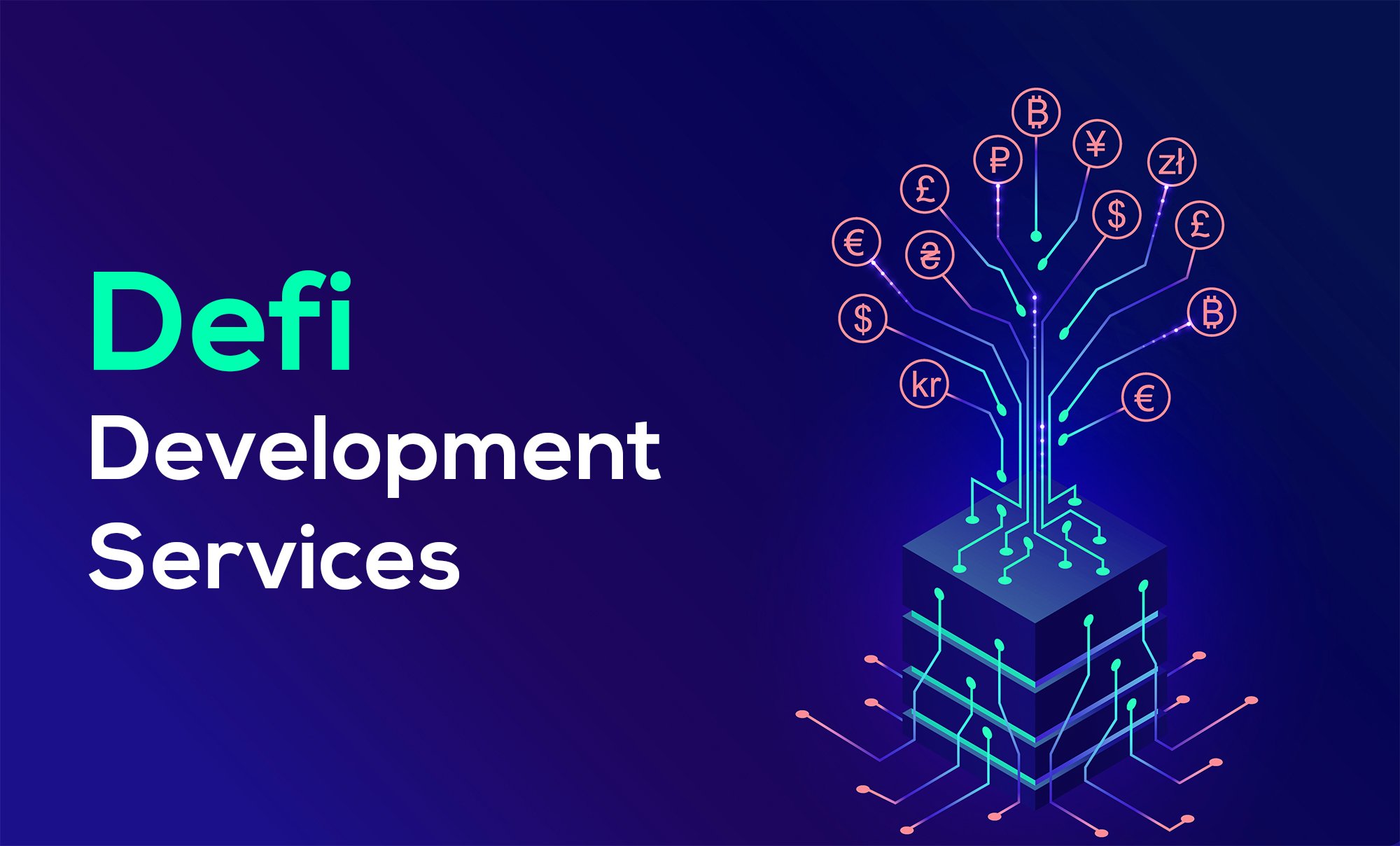The most significant issues facing DeFi and solutions

The prevailing economic narrative this year has revolved around one concept: inflation. Year after year, hard-earned dollars sitting in bank accounts are steadily losing value. This phenomenon has been exacerbated during the covid crisis when governments around the world print more money to save many companies and individuals from bankruptcy. One of the most extensive stimulus plans was launched in March by the Biden administration. This landmark legislation doling out $1.9 trillion will be funded by the Federal Reserve by printing new money.
Blockchain will power the banks of the future.
In the face of such inflation, almost all financial assets have appreciated since March 2020 and the S&P reached its all-time high in March. That growth is made even more impressive by the current economic climate, hit hard by Covid. But the financial sector that has seen the most explosive growth since March 2020 is undoubtedly cryptocurrencies.
Cryptocurrencies have many uses. Its most famous representative, Bitcoin, has seen exponential growth in recent months as it is increasingly seen as a safe haven asset against inflation due to its supply limit of 21 million individual Bitcoin. Bitcoin has seen increased interest as a store of value in a world where all fiat currencies can and will infinitely suffer from inflation and long-term holders are still hoarding, delighted with their gains.
But cryptocurrencies are more than Bitcoin, and institutions are beginning to realize it. In a recent cryptocurrency report, Bank of America wrote that decentralized finance DeFi Development was potentially more disruptive than Bitcoin itself.
Understanding DeFi, the future of finance
With a smartphone and an internet connection, DeFi Development Services wants to provide financial services to everyone. It's as simple as that. No discrimination, low fees, easy to use and open source.
Through decentralized applications, applications that live on the blockchain and smart contracts that allow complex financial operations between users; DeFi apps like Compound, Aave, Curve or Yearn now allow users to lock their funds into their smart contracts. They can then lend, borrow or simply let their funds accumulate value through different financial mechanisms. You can visit some of these websites to see that the APYs typically range from 5% to 50% per year, depending on the underlying assets.
These numbers are almost frightening. It is true that they are frightening for the traditional financial system that will simply never be able to generate such returns. Decentralized finance is extremely liquid, highly composable, and completely digital, bringing running costs down to a few cents. Once a development team has built a product, they don't need to create agencies around the world or allocate a marketing budget. Users get the best rewards for their money because middlemen are essentially removed from the equation.
DeFi, however, has fell victim to its own success. Nowadays, the Ethereum blockchain serves as the platform for practically all DeFi transactions. Each of these transactions costs a certain amount of ETH, Ethereum's native cryptocurrency, to sit on the blockchain. Due to the growing popularity of DeFi in 2020, transaction costs have risen sharply in recent months, meaning simple transactions can cost up to $20 and complicated interactions with smart contracts up to $200 depending on current usage. The chain of blocks.
Furthermore, DeFi is very complex to use. The user experience is notoriously complex and understanding how to interact with different DeFi protocols is not a skill that everyone can master. This leads many industry insiders to believe that we have not seen the eventual DeFi protocol ready for global adoption.
DeFi Scale
Scalability is currently DeFi's biggest obstacle, one that it could never overcome. Blockchain technology requires that every transaction be made publicly and recorded on the blockchain. This limits the number of transactions that can be made at any one time. This ensures network security, but it comes at a cost. After careful analysis, one project has shown great promise and answers to the two main challenges of DeFi: accessibility and scalability.
The future of DeFi Development Company has to be multi-blockchain and projects built to be adaptable will have an advantage in such a fast-moving environment. Decentralized financial interoperability is related to interoperability across computer operating systems. By building apps that work on Mac, Windows, iOS, Android, or Linux, businesses ensure they have access to the largest number of potential users. Even if it increases the total cost of development, it is a very worthwhile investment.
An apt metaphor for building in Polkadot is an imaginary highway with very high constant traffic. What Relite is doing is building its financial services on another parallel highway that regularly provides access to the first highway. The main advantage of this strategy is to reduce fees for users. While on Compound or Aave users would pay between $50 and $100 for transactions, on Polkadot they will be available for a fraction of a cent.
Relite addresses the latest DeFi problem as a whole, its complexity. The goal is to provide a decentralized application that can be widely used by ordinary people to lend and borrow without much complexity. The first challenge of this ambition is to reduce the fees one has to pay to participate in DeFi, but the second challenge is to make it easier to understand and use. Looking at the Relite user interface, it is clear that simplicity has been the top priority for lending and borrowing via blockchains.
The decentralization of finance is, above all, about giving equal opportunities to billion-dollar funds and ordinary human beings. Right now, most of the world is losing money in an economic landscape dominated by inflation. However, the financial industry is already being reinvented, one click at a time. It doesn't have to be this way.